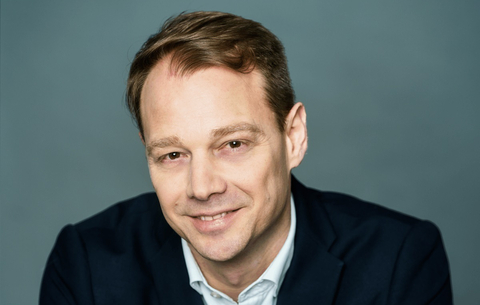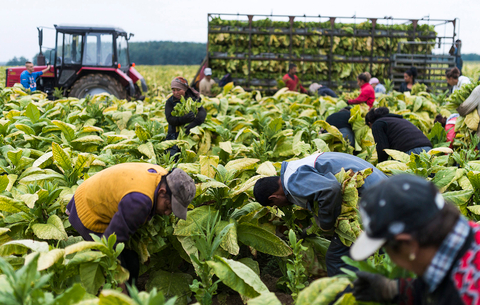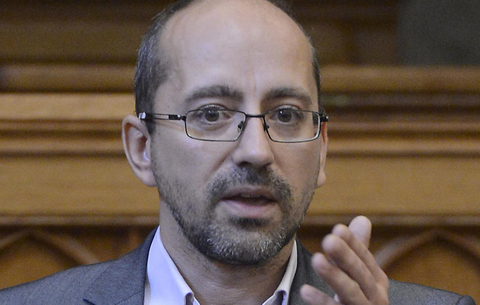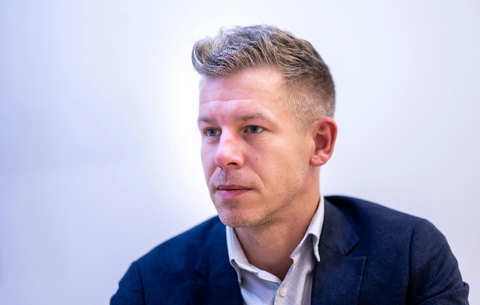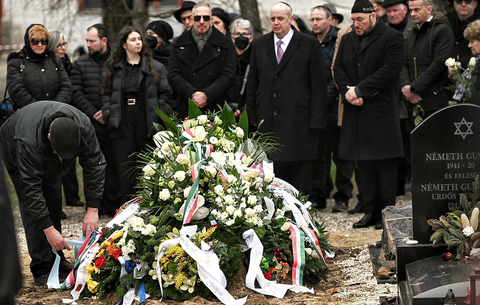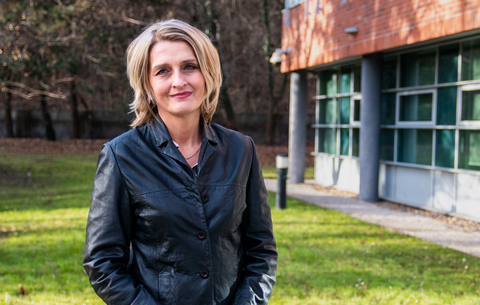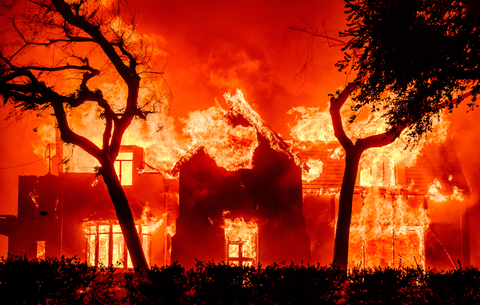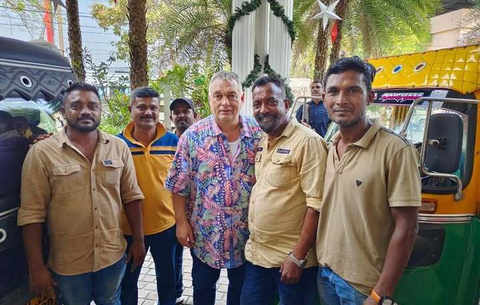Hungarian-romanian relationships
The past few decades have seen increasing numbers of mixed Hungarian-Romanian marriages in Transylvania. These are motivated by more than pure love. The latest research shows that Hungarians are being assimilated into the Romanian community.
The residents of the village of Izboranu near Bucharest will long remember the day at the beginning of February when Mónika Gábor arrived in a Rolls Royce, wearing a very low-cut dress, to kneel before the altar of the village church and convert to orthodox Christianity. The young girl, a well-known fashion model despite still attending high school, was not driven by theological considerations.
Rather, she wanted please her future husband, Irinel Colmbeanu, a fabulously wealthy fashion guru three times her age.
Though converting from Catholicism to Orthodoxy is relatively rare, there is nothing unusual in a Hungarian choosing a Romanian partner.
The 2002 census showed 364,869 marriages where at least one half of the couple was Hungarian - and of these, every eighth was a marriage between a Hungarian and a Romanian.
One institution stand in the way of this flood of marriages: the Romanian Orthodox church, which remains extremely conservative as regards religiously mixed marriages, even in a state as ethnically diverse as Romania. Because of this, most couples, unlike Mónika Gábor and her suitor, choose to marry in a Hungarian Catholic or Calvinist church.
This was not always the case: a few centuries ago, the Hungarian churches were just as reluctant to countenance mixed marriages. In the 17th century, for example, the Calvinists insisted that men who married outside their religious community could only choose a Unitarian or Lutheran spouse. And since the Catholic church was relatively weak in Transylvania at the time, it too was obliged to abide by these rules. Things began to change after the onset of Habsburg rule in 1699.
Nonetheless, the Calvinist church's records from the period between
1877 and 1909 show that until the Treaty of Trianon, at most 10 to 15 per cent of Hungarians chose to marry people of other nationalities.
Sociologists say the real change came much later, in the last two decades of the Ceaucescu era, between 1970 and 1989, when Hungarians, attracted by the better prospects for career progression and material security, started marrying Romanians much more frequently than before.
István Horváth, a sociologist at the University of Cluj, says the Hungarians of Romania are in two minds about the trend. On the one hand, almost everyone says so-called 'pure' marriages are preferable.
On the other, it is striking how violations of this 'rule' are overlooked. "She is very nice, and she speaks Hungarian."
In certain regions, especially in the eastern province of Moldavia, where young Hungarian graduates were dispatched on finishing university in the years of the dictatorship, the proportion of mixed marriages is especially high. Horváth says this is because Hungarians there have little chance of finding a partner who matches up in terms of "age, importance and status." He says young people are more likely to choose Romanians of a similar background than Hungarians of a lower demographic group. This is not a new phenomenon in Romania. In the interwar period, it was common for middle-class Transylvanian women to marry a Romanian officer or civil servant, in order to maintain a certain social standing.
The statistics show that children of mixed marriages tend to identify with the dominant nationality. It is no surprise therefore that some 10 per cent of those in Transylvania who declare themselves Romanian actually have Hungarian as their mother tongue.

